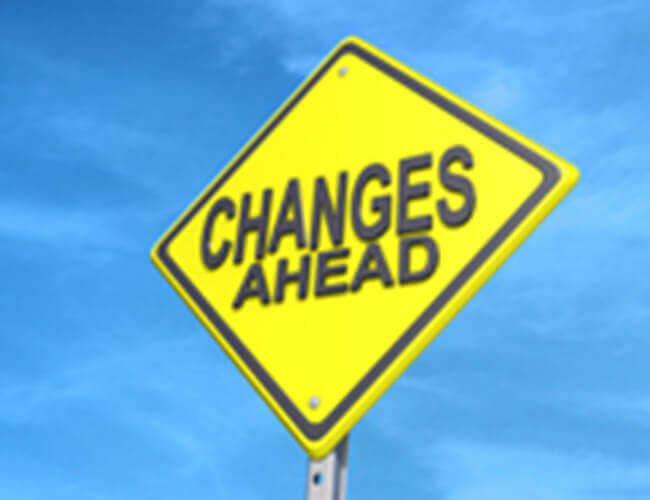“The Only Thing That Is Constant Is Change -”
― Heraclitus
Change can be hard. So hard, in fact, that there are whole sections of bookstores dedicated to managing change. When we work with clients to implement Salesforce, there is often a system we’re replacing. Clients are used to that old system. We sometimes hear, “But we’ve always done it this way!”
So how can you make sure that this change to a new system (Salesforce) sticks? Here are some tips:
Have an executive sponsor for the project.
An executive sponsor should provide clear vision as to the reasons for the change, and should be involved in the process. The executive sponsor should embrace the new processes and should work to incorporate the new toolset into their management toolkit. This could include new reports, new workflows, or new ways of gathering information.
Organizations don’t change, individuals change.
Just because it is software that is being implemented doesn’t mean that the people don’t have to change. Often, it is the staff member who creates the mailings, reports or call lists, whose job is about to be automated. That’s not a bad thing as it frees them up to do other mission critical tasks, but it can be scary. Acknowledge that fear.
The ADKAR model (http://www.change-management.com/adkar-book.htm) says that in order to be successful with change individuals have to have the following 5 characteristics:
- Awareness – I know why the change is needed.
- Desire – I’ve made the personal decision to participate and support the change.
- Knowledge – I know how to change and what to do after the change is in place
- Ability – I can demonstrate the skills and behaviors required by the change.
- Reinforcement – I believe there are factors in place so the change will be sustained.
Start change management early. Update often.
You can never start change management early enough. Surprised stakeholders are most resistant to change. Let them know early and often what’s going on and how it might impact their day-to-day. Ideally, let them have a say in decisions that are being made. If that’s not feasible, make sure they are kept up-to-date.
Communicate. Communicate! COMMUNICATE!
This bears repeating; your stakeholders, users, volunteers, donors, all need to have an understanding of the change that’s relevant to their needs. Communicate to them why the change is necessary, how it will impact them, and how they can contribute to the project. All of these things will help your team ease into using a new system.
Bottom line: Change is hard, but it doesn’t have to be.
We started with this and we’ll end with it. Change ain’t easy, but with some planning and thoughtful execution, change doesn’t have to be scary.
Resources:
http://www.change-management.com/tutorial-5-tips-cm-success.htm
http://humanresources.about.com/od/changemanagement/a/change_tips.htm
http://www.businessballs.com/changemanagement.htm
*Image courtesy of One Way Stock





